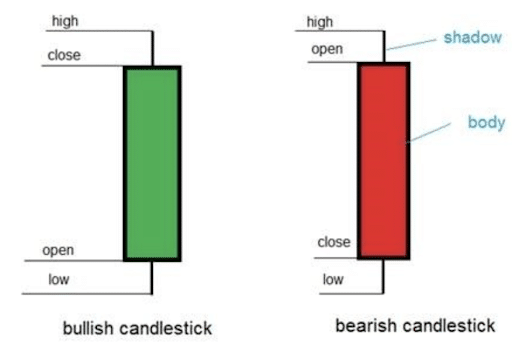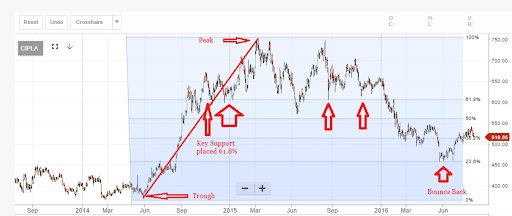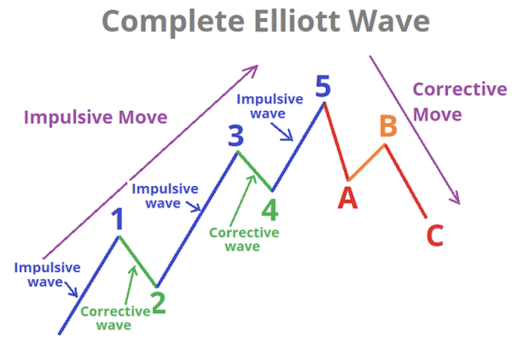The world of trading is as popular as it’s ever been with the expansion of DeFi within the cryptocurrency sector and the popularity of apps like Robinhood in CeFi within the legacy market. While many people expect to make money trading, many don’t – trading crypto or stocks is inherently a zero sum game – the outcome is binary, there’s a winner and a loser for every trade. So, how can one become a successful trader and what are some of the important aspects of trading that traders should educate themselves on or grasp before venturing into the world of trading?
The 3 types of traders
Day trader
Literally what it sounds like – day traders get in and out of positions on the same day. This type of trading can be addictive and is probably not the best route for the novice.
Swing trader
Swing traders are more calculated in their trades and are willing to wait and let the charts play out. They trade on longer timescales than a day trader and could hold a position generally for 1-30 days.
Position trader
position traders are the most calculated of all potentially and will hold a position for an extended duration. Position traders can build a position and hold it but there’s always the opportunity cost of playing the long term game as well.
Indicators for a successful trader
Japanese Candlestick Charts;
Japanese candlesticks are green and red candlesticks on a chart that traders use to determine the past emotions of a particular market collectively.
The patterns of Japanese candlesticks tell traders whether the market is currently painting bullish patterns, bearish patterns or sometimes if there’s no edge on the market at all. These patterns show a strong link between price and of the supply and demand of an asset.
There are different types of Japanese candlesticks as well. The different types of Japanese candlesticks include: Doji [which itself has 4 variations], Shadows [upper shadow / lower shadow], Spinning Tops, and lastly Marubozu.

Timescales
Some of the most popular timescales that cryptocurrency traders use to analyze data through charts are the 4HR, 1D, 3D, 1W, 1M, 1Y but there are a number of other timescales. Timescales are another variable that traders subjectively use to formulate their opinions on what’s forthcoming for market participants.
Fibonacci
The Fibonacci Sequence is a numerical sequence first discovered by Italian mathematician Leonardo Fibonacci in the 13th century. The sequence he discovered is natural and occurs all throughout nature but was also discovered to apply to trading and technical analysis.
The sequence illuminates natural order and mathematical relationship between numbers as expressed by ratios between the numbers and the series.
The sequence is determined on a chart by an asset’s peak and the trough. The numerical sequence or key ‘fib’ ratios are: 23.6%, 38.2%, 50%, 61.8%, and 100%.

Elliott Wave Theory
Elliott Wave Theory is a form of technical analysis [TA] that looks for recurring long term price patterns related to predictable changes in investor sentiment and their psychology. The pattern observes impulse waves that set patterns up and correction waves that are in opposition to the larger trend.
The example below is a bullish market pattern. There are three key rules to follow for Elliott Wave Theorists:
Rule 1: Wave 2 cannot retrace more than 100 of Wave 1.
Rule 2: Wave 3 can never be the shortest of the three impulse waves.
Rule 3: Wave 4 can never overlap Wave 1.

RSI and MACD
There are also other indicators such as the Relative Strength Index [RSI] and MACD that traders employ to gain an edge. The RSI and MACD are both trend-following momentum indicators that show the relationship between two moving averages.
RSI
The RSI measures the price change in relation to recent price highs and lows.
MACD
The MACD measures the relation between to Estimated Moving Averages [EMAs].
By combining these different indicators traders can gather better insight to an asset’s price momentum and often make a more calculated trade.
The list of variables, indicators, and data that traders can mull over are basically endless but most successful traders stick to their certain blend of variables and indicators they concentrate on to read a chart / emotions of a market every time to get a better grasp of the data.
Learning Resources
It’s important to find trading analysts that you trust to learn from but as the well known motto in the blockchain sector goes; ‘Don’t trust verify,’ and always form your own opinions based on the collective outlook of the data presented.
Lastly, I’ll share one particularly good resource on trading – a text by Marc Douglass, Trading in the Zone. This is a good resource that isn’t tailored to cryptocurrency trading but trading in general and the trading novice can learn a lot from that text.
The post What do I need to be a successful trader? appeared first on The Cryptonomist.













